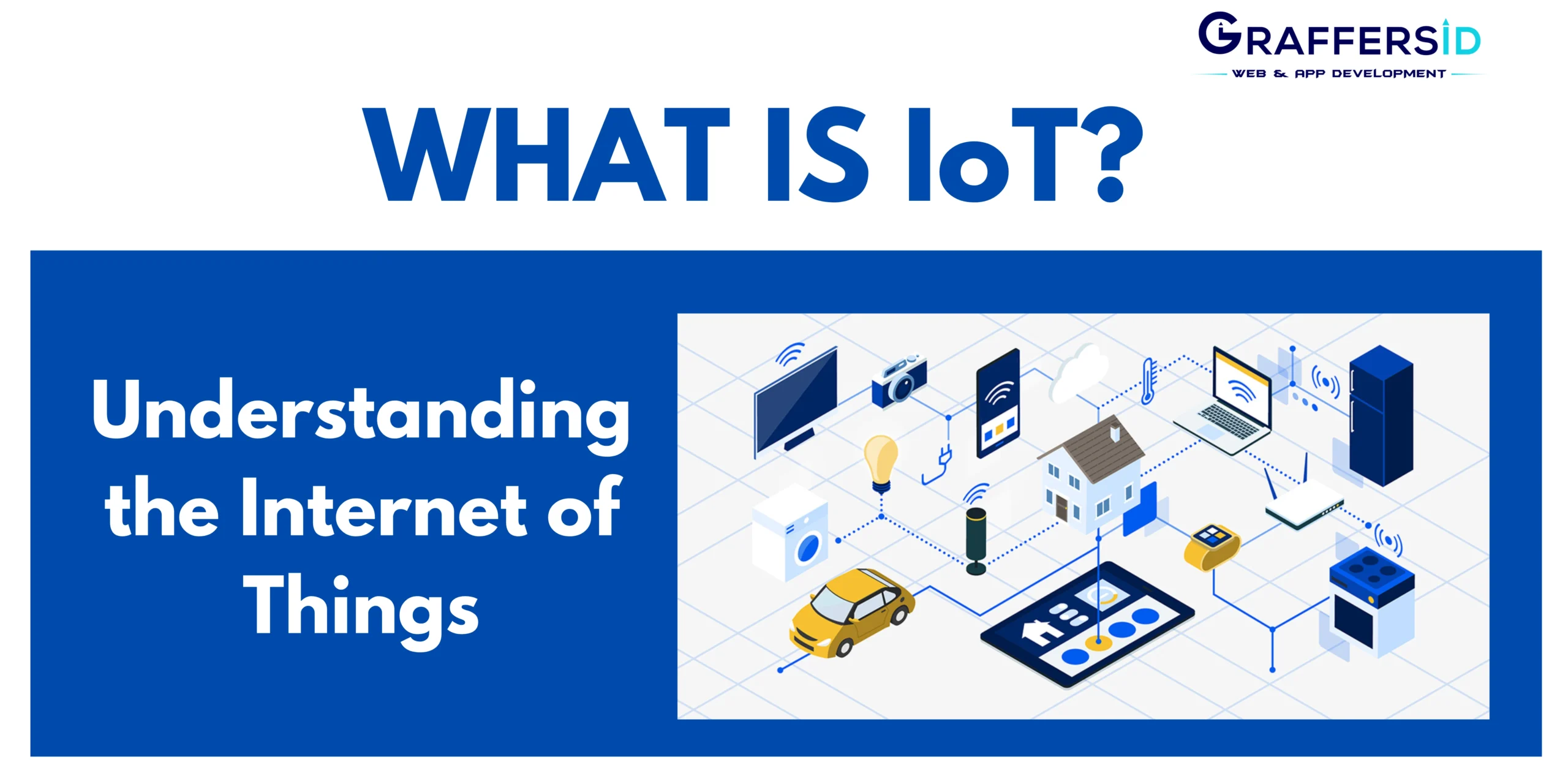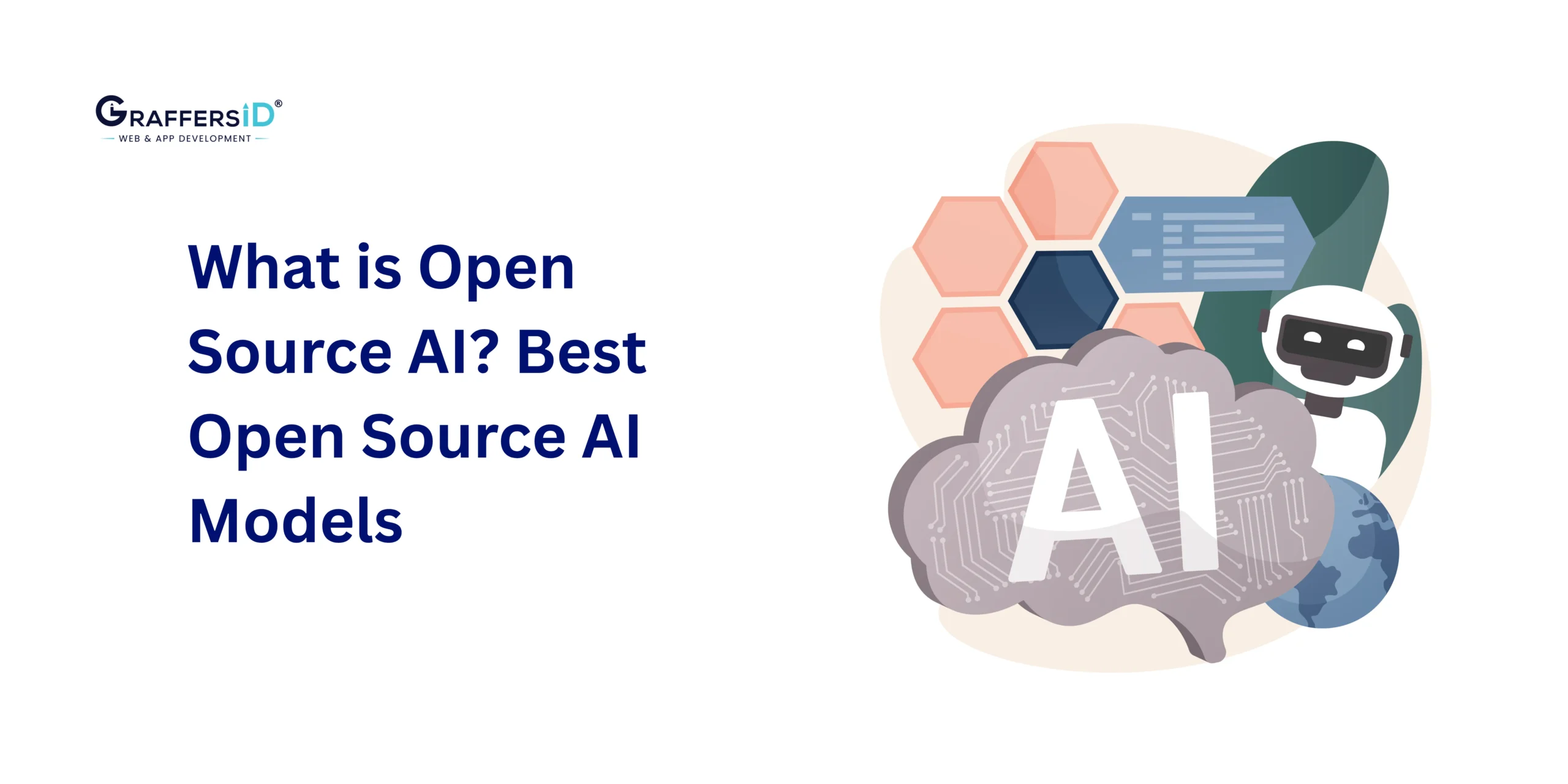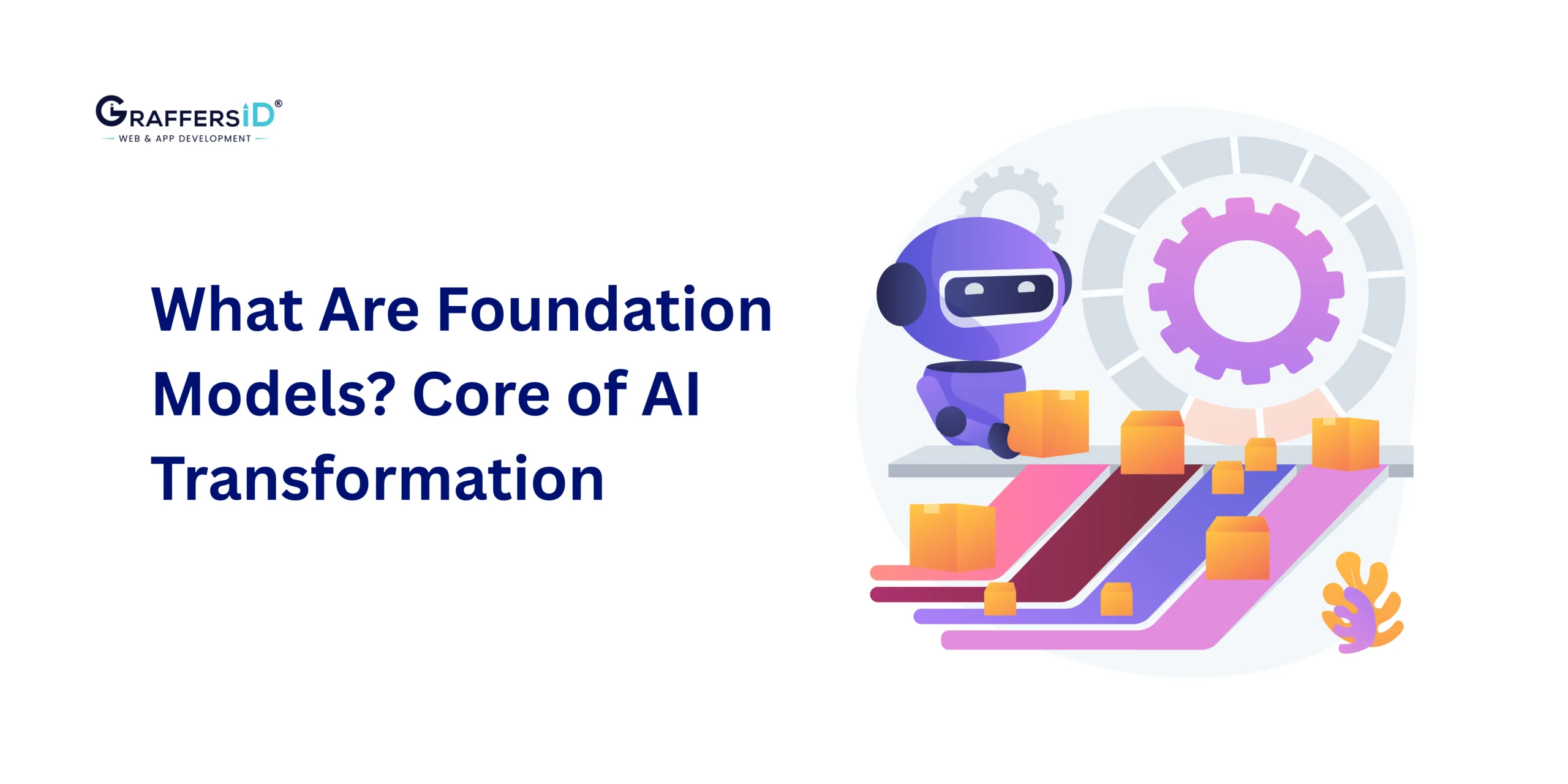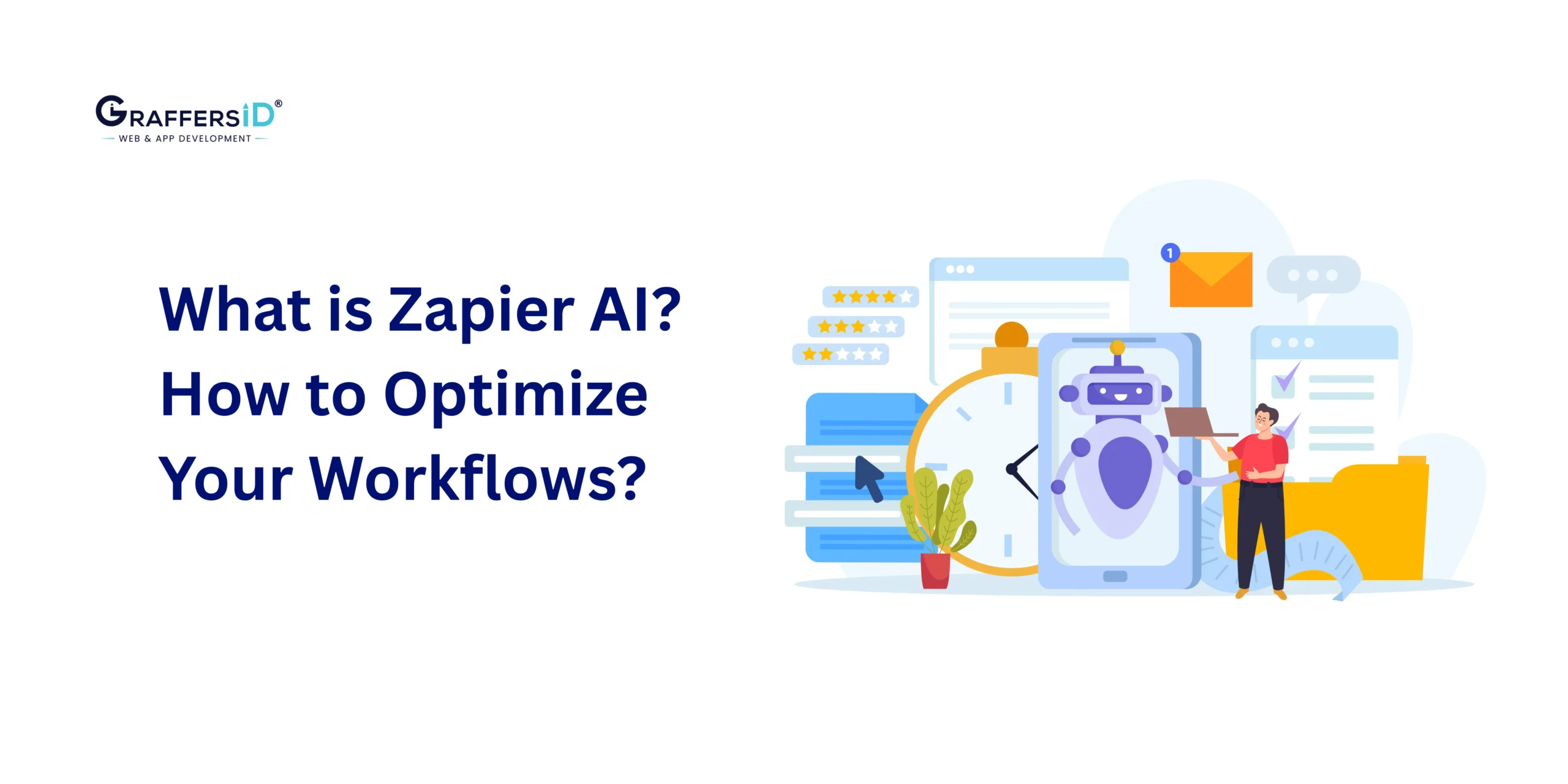In the technological development race, IoT (Internet of Things) is another popular term that is gaining traction. It is a development that is revolutionizing the intersection of human and technology. It allows your everyday devices to connect, collect, and exchange data over the internet. The IoT wave has transformed several industries- from smart homes to smart cities, it has improved efficiency across multiple domains.
In this blog, we will look at the fundamentals of IoT, its working, key components, application in the real world, blockages still in the way, and its scope in the future.
Read Also: Business Process Automation-What you Need to Know
Understanding the Internet of Things (IoT)
Think of IoT as the intersection of devices, sensors, and software that can talk and exchange data over the internet space. These “smart devices” can range from everyday appliances used in your household to your vehicles, and even large-scale machinery. The IoT systems gather real-time data, analyze it, and transfer it- all without any human interference, which makes it a completely automated, self-sufficient process.
How Does IoT Work?
The operation of IoT is a four-step process-
- Sensing and Data Collection: Your devices gather data with the help of built-in sensors like temperature, motion detection, or light.
- Connectivity: Next, the data is transferred over the internet or your local networks like your WiFi, Bluetooth, LPWAN, etc.
- Processing and Analysis: Now, with the help of cloud computing and Artificial Intelligence, your data is thoroughly analyzed and certain suggestions are generated.
- Action and Automation: After the analysis, IoT systems generate responses that can act as triggers or warnings/alerts based on its understandings.
Key Components of IoT
a) IoT Devices and Sensors– The working of IoT is dependent on the smart devices equipped with sensors that collect data. Examples of such sensors are thermostats, fitness trackers, and industrial sensors, which catch changes in motion, temperature, etc.
b) Connectivity and Communication Networks– To communicate the data from the smart devices, IoT devices need communication protocols. This is done with the help of technologies like WiFi, Bluetooth, Zigbee, LPWAN(Low-Power Wide-Area Networks), and 5G.
c) Cloud Computing and Data Processing– The vast data collected by IoT devices is stored on cloud platforms like AWS IoT, Microsoft Azure IoT, and Google Cloud IoT. These spaces also process this data, and after the analysis, the devices generate insights and automate decisions.
d) IoT Security and Data Protection– As there is a lot of data that is being exchanged and processed, there are several security measures taken for the protection of data. Steps like encryption, authentication, and blockchain technology help prevent damage from cyber threats.
Real-World Applications of IoT
IoT is used across several industries. It helps improve productivity and security and enhances user experience. Let’s look at some of the industries that have adopted IoT in their products.
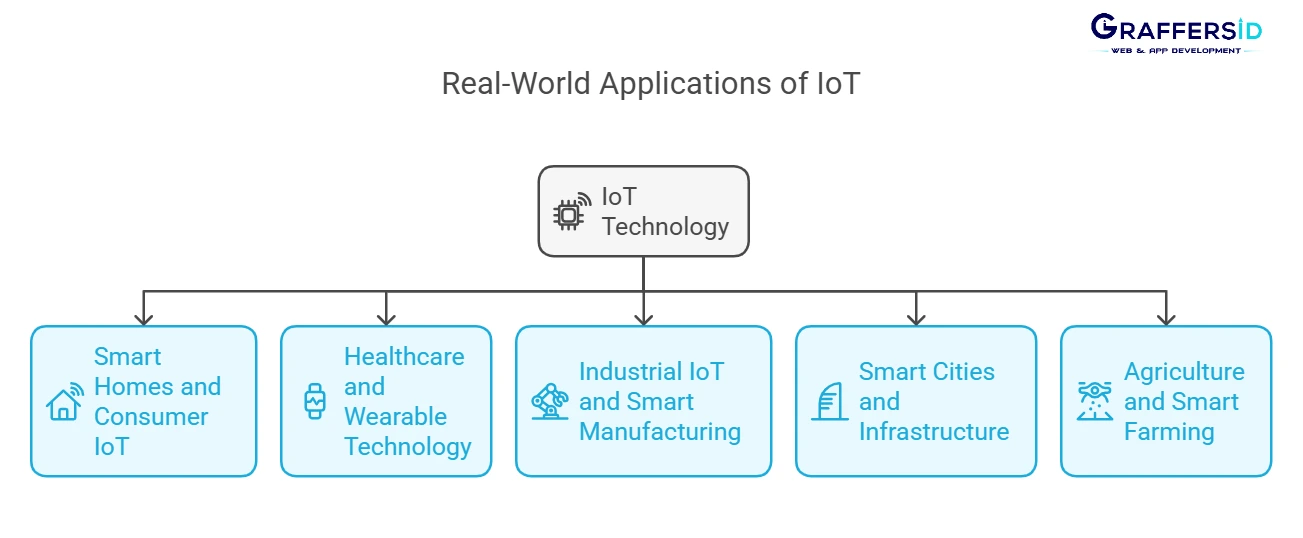
a) Smart Homes and Consumer IoT
The smart home devices which are quite popular, like Amazon Alexa, Google Next, and Ring Doorbells have some amazing features that let product users control lighting of the environment, security of their homes, and all the appliances (refrigerator, air conditioner, etc.) remotely. These devices manage energy consumption, which makes your home more efficient and cost-effective.
b) Healthcare and Wearable Technology
Smartwatches are very popular gadgets, and IoT has revolutionized healthcare with these watches as they can track your heart rate, oxygen levels, and even your sleep pattern. With IoT devices, remote patient monitoring devices and telemedicine portals can transfer real-time data to doctors and physicians, improving patient care.
c) Industrial IoT (IIoT) and Smart Manufacturing
The presence of IoT in machinery helps identify potential failures in the machine before they occur with the help of predictive maintenance. This improves industrial automation. There are many smart factories that install IoT sensors to optimize the production lines.
d) Smart Cities and Infrastructure
IoT is being used for managing traffic, waste, smart lighting, and monitoring air quality by several governments across the globe. Smart traffic signals and connected vehicles help avoid traffic formation and enhance road safety for drivers by giving actionable insights with the help of the data gathered by several devices.
e) Agriculture and Smart Farming
Even the agriculture industry has adopted IoT to monitor soil conditions, weather forecasts, and crop health. This is possible with the help of smart irrigation systems and drones. For the livestock, there are automated livestock monitoring systems which keep track of the health and movement of animals.
Benefits of IoT
a) Increased Efficiency and Automation
With IoT devices, you can easily automate routine processes and hence, minimal human intervention is required. This saves a lot of time and effort. IoT in supply chain management and predictive maintenance tasks helps save a lot of time and resources as well, and helps in early detection of errors in machinery.
b) Cost Savings and Resource Optimization
Most homeowners are adopting smart energy systems, which cut down electricity consumption and reduce the electricity bill. Businesses can also use IoT to optimize logistics and operations with the help of real-time monitoring of their vehicles.
c) Enhanced Decision-Making with Data Insights
A huge amount of data is collected and analyzed with the help of IoT to provide actionable insights and improve business strategies. AI-powered analytics in IoT assists organizations by forecasting demand surges or drops and predict customer preferences in the future.
e) Better User Experiences
With IoT-powered smart personal assistants, like Siri, Google Assistant, or Alexa, users can have seamless interactions and easily manage a lot of appliances installed in their homes. This type of automation provides convenience and comfort to users.
Challenges and Security Concerns in IoT

a) Cybersecurity Threats and Privacy Risks
IoT devices are very vulnerable to cyberattacks- hacking, data breaches, and unauthorized access are some looming risks that accompany this technology. If you have opted for weak passwords, outdated firmware, or unprotected networks, it will be very easy for hackers to breach your security protocols.
b) Data Overload and Storage Issues
Since there is a lot of data collection and analysis simultaneously happening on IoT devices, you require efficient cloud storage and high processing power, so that there are no glitches. This entire process can be a little tricky and costly.
c) High Initial Investment Costs
When you are setting up your IoT infrastructure, several costs need to be incurred. These include investing in sensors, cloud computing, and network solutions. For this reason, many small businesses may find IoT adoption beyond their budget, despite its long-term benefits.
d) Ethical and Legal Concerns
IoT devices collect a lot of data and perform surveillance, which raises certain ethical issues. Governments everywhere are enforcing certain compliances and regulations (GDPR, CCPA) which intent to protect user data.
Conclusion: The Role of IoT in the Future
IoT is just another feather in the cap of growing technology, expected to bring transformations in several industries. IoT devices have changed the way we perform our everyday tasks- like switching on the lights or locking our houses. As this technology continues to grow, it will open many doors in the future. Businesses can gain a lot from embracing IoT. However, in the process they must prioritize security, sustainability, and innovation to fully embrace this technology.
If you are looking for an offshore development centre to create similar cutting-edge technology products, you should check out our work at GraffersID. We have highly skilled developers on board who will assist you in your journey from ideation to deployment. Conatct us today to learn more!
